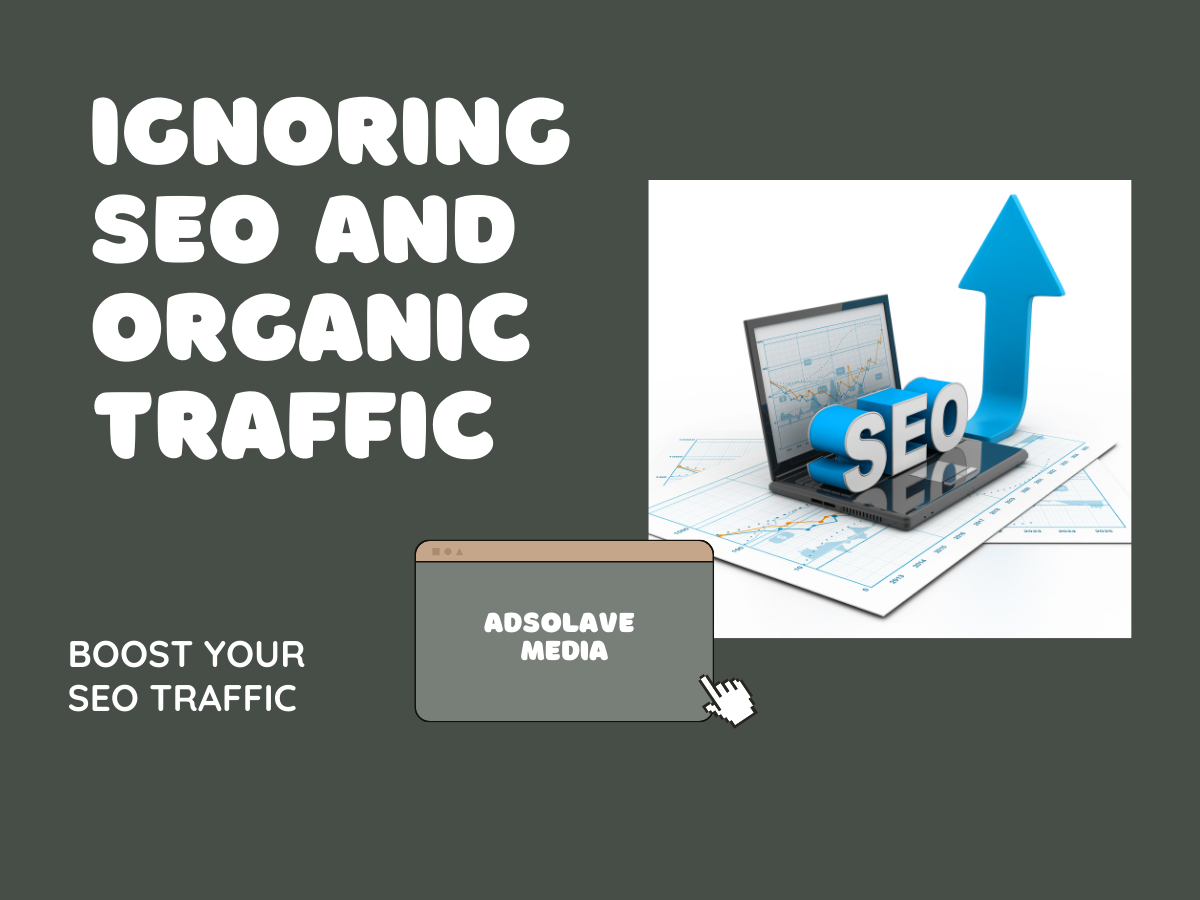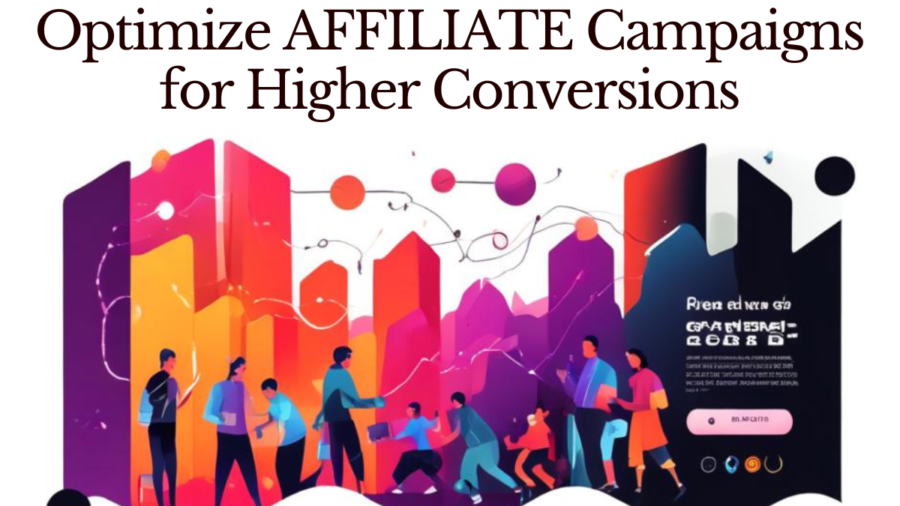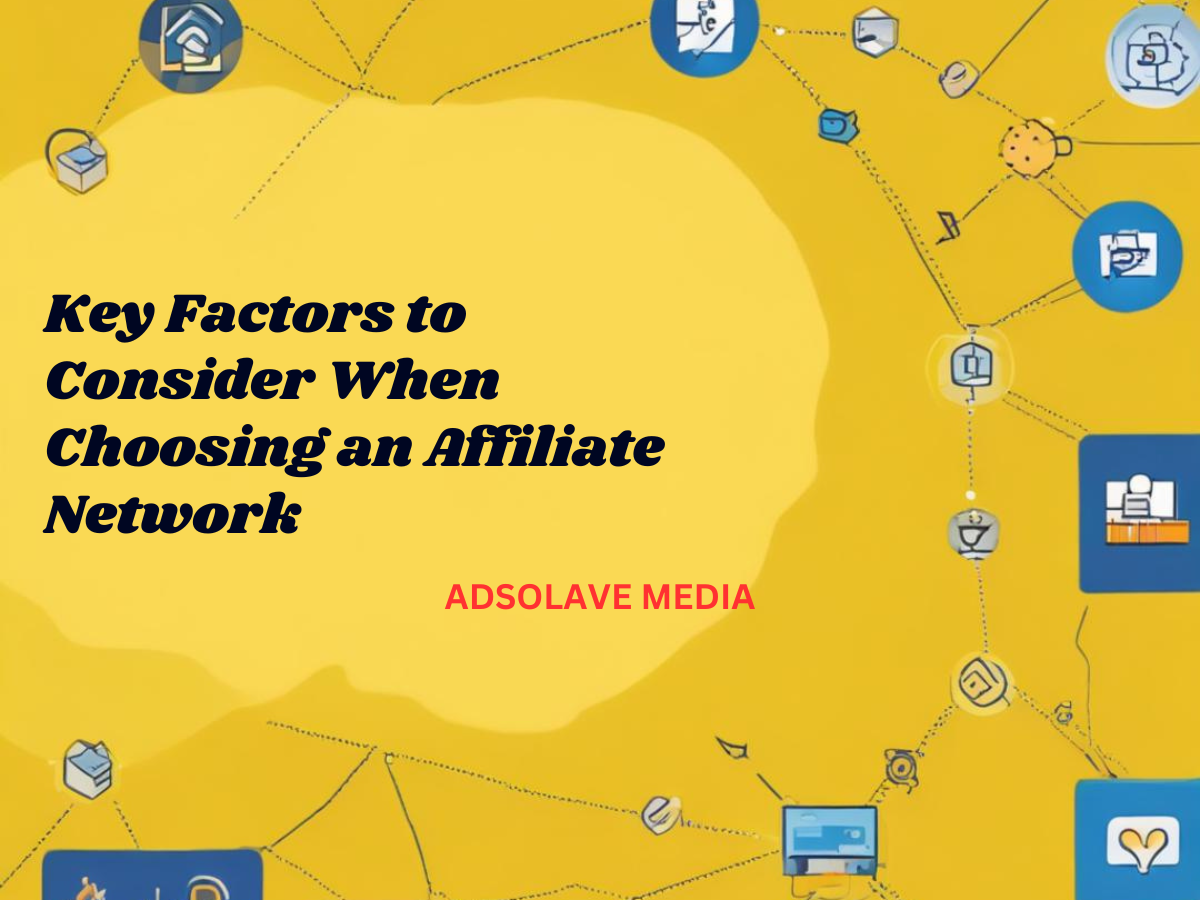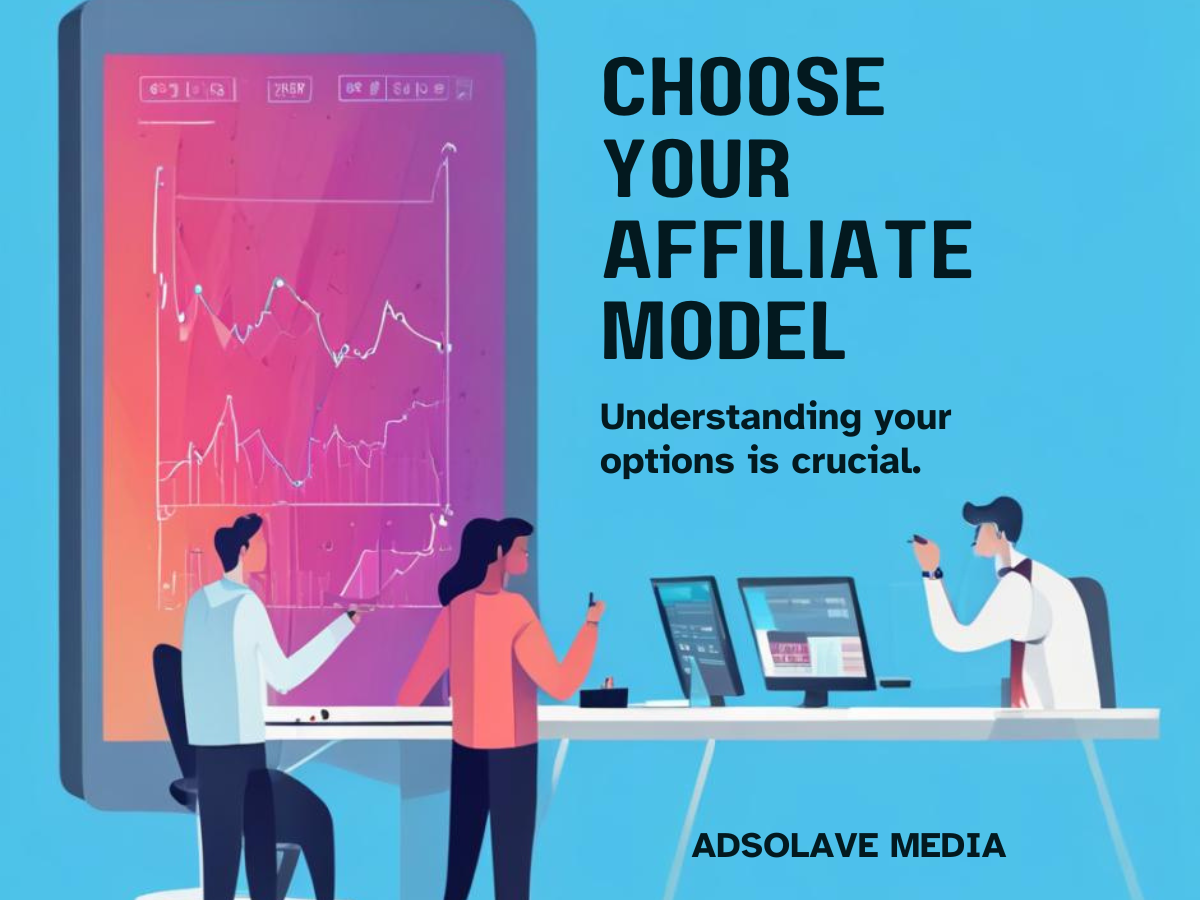Are you looking for a way to turn your website into a revenue-generating machine? If so, affiliate marketing might be your golden ticket. It’s one of the most effective ways to monetize your website while providing value to your audience. With the right strategies and platforms like Adsolave Media, you can maximize your earnings and build a sustainable online income.
This guide will walk you through everything you need to know about affiliate marketing, from understanding the basics to implementing powerful strategies that will skyrocket your revenue.
What is Affiliate Marketing?
Affiliate marketing is a performance-based marketing strategy where you earn a commission by promoting other companies’ products or services. When someone clicks on your affiliate link and makes a purchase, you get paid a percentage of the sale.
Why Choose Affiliate Marketing?
- Low startup cost: You don’t need to create your own product or service.
- Passive income potential: Earn money while you sleep as long as your content attracts visitors.
- Scalability: The more traffic and conversions you generate, the more you earn.
- Diverse opportunities: You can promote products from various industries, from fashion and technology to finance and health.
How to Get Started with Affiliate Marketing
1. Choose the Right Niche
Before diving into affiliate marketing, select a niche that aligns with your expertise and audience interests. A well-defined niche will help you attract the right visitors and build trust.
Ask yourself:
- What topics am I passionate about?
- Is there a demand for this niche?
- Are there affiliate programs available for this niche?
2. Join the Right Affiliate Programs
Affiliate networks and programs connect you with businesses that offer affiliate opportunities. Some of the best platforms include:
- Amazon Associates – Ideal for promoting physical products.
- ShareASale – A vast network of affiliate programs across different industries.
- CJ Affiliate – Works with major brands and businesses.
- Adsolave Media – A premium network offering high-converting affiliate campaigns across various industries.
Adsolave Media is an excellent option for website owners who want access to top-tier brands and high commission rates. Their platform offers advanced tracking tools and dedicated support to help you optimize your campaigns.
3. Create High-Quality Content
Content is the backbone of affiliate marketing. To drive conversions, your content must be engaging, informative, and persuasive. Here are some content types that work best for affiliate marketing:
Product Reviews
Writing detailed product reviews helps your audience make informed buying decisions. Include pros and cons, personal experiences, and comparisons with similar products.
Tutorials & How-To Guides
Create step-by-step tutorials that demonstrate how to use a product or service. This method builds credibility and encourages conversions.
Best Lists & Roundups
Articles like “Top 10 Laptops for Gaming in 2024” or “Best Budget-Friendly Web Hosting Services” are effective because they compare multiple products and provide recommendations.
Case Studies & Testimonials
Showcase real-world results using affiliate products. This builds trust and persuades readers to take action.
4. Optimize for SEO
To generate organic traffic and boost conversions, implement search engine optimization (SEO) strategies:
- Conduct keyword research using tools like Ahrefs or SEMrush.
- Optimize on-page elements, including title tags, meta descriptions, and headers.
- Build backlinks from authoritative sources to improve domain authority.
- Ensure your website loads quickly and is mobile-friendly.
5. Leverage Social Media & Email Marketing
Promote your affiliate links beyond your website using social media platforms like Instagram, Facebook, Twitter, and LinkedIn. Additionally, build an email list and send out valuable newsletters with affiliate recommendations.
6. Track and Optimize Performance
Affiliate marketing success depends on data analysis. Use tools like Google Analytics and affiliate network dashboards to track your conversions, clicks, and revenue. Adjust your strategies based on what works best.
How Adsolave Media Can Supercharge Your Affiliate Marketing Earnings

Adsolave Media is a leading affiliate network that connects website owners with high-converting campaigns. Here’s why you should consider working with them:
- Exclusive Offers: Gain access to premium brands and exclusive deals that aren’t available on other networks.
- Advanced Tracking Technology: Monitor your performance with real-time analytics and data insights.
- High Commission Rates: Earn more for every sale, lead, or click.
- Dedicated Account Management: Get personalized support to optimize your campaigns.
- Timely Payouts: Receive fast and reliable payments for your earnings.
Actionable Tips to Maximize Your Affiliate Marketing Success
1. Build a Loyal Audience
Focus on providing value and engaging with your audience consistently. A strong relationship leads to higher conversions.
2. Focus on High-Converting Products
Not all affiliate products convert the same. Analyze the performance of different products and prioritize those with high conversion rates.
3. A/B Test Your Strategies
Test different call-to-actions, landing pages, and content formats to see what drives the best results.
4. Stay Updated with Industry Trends
Affiliate marketing is constantly evolving. Follow industry blogs, join affiliate marketing forums, and participate in webinars to stay ahead.
Conclusion
Affiliate marketing is a fantastic way to monetize your website, and with the right strategies and networks like Adsolave Media, you can maximize your earnings. By choosing the right niche, creating compelling content, optimizing for SEO, and leveraging data-driven decisions, you’ll set yourself up for long-term success.
Ready to get started? Sign up with Adsolave Media today and take your affiliate marketing game to the next level!


















